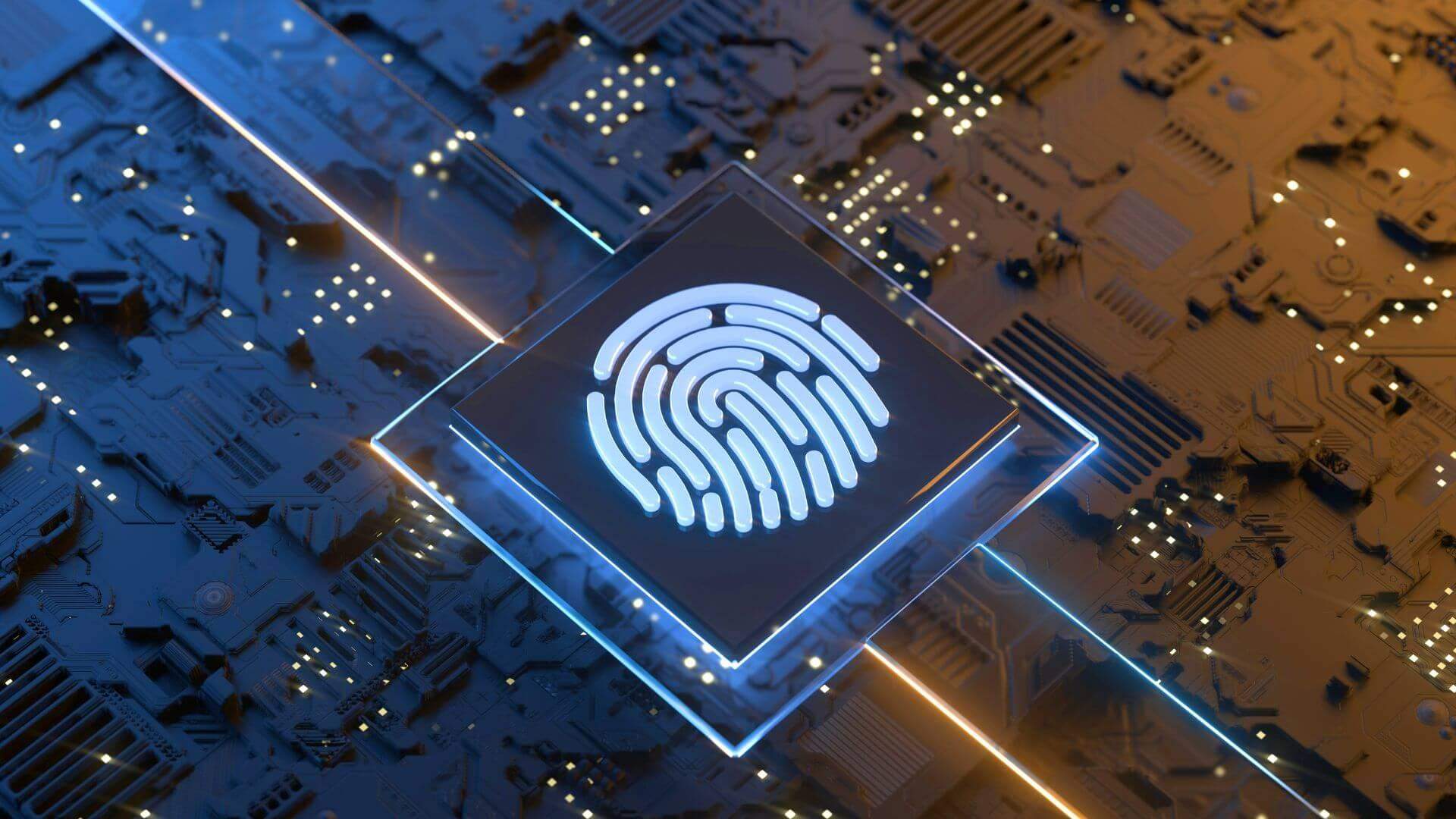11 Cybersecurity Best Practices for Businesses in 2024
Picture this: It’s Monday morning, a day usually filled with the hum of productivity. But today, there’s an unnerving silence. Your employees can’t log in – their usual passwords met with cold error messages. Your website, once the digital face of your company, is a jumbled mess, replaced by a ransom demand flashing in garish colors. Critical files, the lifeblood of your operations, are corrupted beyond recognition. Chaos reigns.
This isn’t a bad horror movie; it’s the chilling reality that far too many businesses face when cyberattacks strike. The losses are staggering – financial, reputational, the very trust of your customers shaken. But what if you were ready? What if, instead of scrambling in panic, your team had a plan? Imagine having a shield in place against these digital disasters, a set of practices that turn your business from a vulnerable target into a well-guarded fortress.
Let’s dive into the essential cybersecurity best practices that can make this scenario a ‘what if’ and not your devastating reality.
Educate Your Workforce: The Human Firewall
Your employees are the first, and often the most crucial, line of defense against cyberattacks. But here’s the problem: even the most well-intentioned team members can unknowingly become gateways for hackers. Think of those tempting emails offering free vacations or urgent requests from the “CEO”. That’s where education becomes your secret weapon.
- Phishing 101: Teach your employees how to spot phishing attacks, those sneaky emails and websites that mimic legitimate sources. Train them to look for suspicious URLs, strange grammar, and urgent, fear-inducing language.
- The Art of Suspicion: Social engineering preys on human nature. Explain how cybercriminals manipulate trust using impersonation, fake authority figures, or offers too good to be true. Encourage a healthy dose of skepticism, especially with unsolicited requests.
- Security Champions: Regular training is key. Don’t just dump information; make it engaging. Gamify cybersecurity awareness, run mock phishing drills with rewards for those who spot the fakes. Empower your employees to be security champions, not just potential weak links.
Key Takeaway: Cyberattacks often don’t breach technology – they breach human behavior. By building a culture of security awareness, you’re strengthening your defenses from the inside out.
Passwords Evolved: Beyond Your Pet’s Name
Remember when your childhood pet’s name and birthday made a “strong” password? Those days are long gone. Cybercriminals have advanced tools to crack simple passwords in seconds. It’s time to level up your password game and introduce your business to the power of multi-factor authentication (MFA).
- Password Revolution: Mandate strong, unique passwords for every account. Think complexity: a mix of upper and lowercase letters, numbers, and symbols. Consider using a password manager to help employees keep track of these secure passwords. Enforce regular password changes to stay ahead of potential breaches.
- MFA: The Extra Layer: Passwords alone aren’t enough. MFA adds an extra verification step, like a code sent to your phone or a fingerprint scan. This makes it exponentially harder for hackers to access accounts, even if they crack a password.
- Making It Easy: Explain to employees why this matters. A breached account isn’t just an IT problem; it can expose sensitive company data or even lead to financial theft. Make adopting MFA simple with clear guides and support.
Key Takeaway: Think of passwords as the keys to your digital kingdom, and MFA as the extra-burly guard at the gate. This combination drastically reduces the chance of unauthorized access.
The Patchwork of Protection: Don’t Ignore Updates
Think of your software like a suit of armor. Sure, it looked shiny and impenetrable when new, but over time, chinks and vulnerabilities appear. Hackers are constantly probing for those weaknesses, and software updates are the patches that keep your armor strong.
- Exploiting the Outdated: Cybercriminals love outdated software. They know those old versions are full of security holes. Ignoring updates leaves your business open to attacks that could have easily been prevented.
- Automate for Peace of Mind: Make life easier by enabling automatic updates for operating systems and critical applications whenever possible.
- Patch Management Protocol: If some software can’t be updated automatically, establish a rigorous patch management process. Prioritize patches that fix critical security vulnerabilities.
Key Takeaway: Software updates aren’t just about fancy new features – they’re essential for plugging those security gaps that hackers love to exploit. Think of every update as reinforcing your digital defenses.
Your Digital Fortress: Securing the Network Perimeter
Your business network is like a bustling city, with data constantly flowing in and out. Just as a city needs strong walls and guarded gates, your network needs a robust perimeter defense to keep cybercriminals at bay.
- Firewall Fundamentals: Firewalls are your digital gatekeepers. Invest in enterprise-grade firewalls to filter incoming and outgoing traffic, blocking malicious activity.
- Segmentation: Divide and Conquer: Don’t let a breach in one area compromise your entire network. Segment your network into zones based on security needs. Isolate sensitive data to limit the damage a hacker could inflict.
- Intrusion Detection & Prevention: Consider intrusion detection and prevention systems (IDS/IPS). These act like smart security cameras, monitoring your network for suspicious activity and actively blocking potential threats.
Key Takeaway: A strong network perimeter is the foundation of your cybersecurity defenses. By controlling what comes in and out, you dramatically reduce your attack surface.
Encryption: Turning Data into Code
Imagine your most sensitive data – trade secrets, customer information, financial records – laid out for anyone to see. That’s the digital equivalent of leaving it unlocked in a public square. Encryption is the lockbox that protects this data, even if it falls into the wrong hands.
- Scrambling the Secrets: Encryption transforms readable data into scrambled code that can only be deciphered with the right key. This protects data at rest (stored on devices) and in transit (sent over networks).
- Protocols Matter: Use strong encryption protocols and secure methods for sharing and storing encryption keys.
- Everyday Encryption: Implement encryption for email, file sharing platforms, and especially for sensitive data stored in the cloud.
Key Takeaway: Encryption is like wearing invisible armor for your data. Even if hackers manage to intercept it, they’ll only see unintelligible gibberish.
The Need-to-Know Basis: Control Access with Least Privilege
Think of your business data like a treasure trove. You wouldn’t hand out keys to everyone, would you? The same principle applies digitally. Limiting access based on job roles reduces the potential for damage, whether accidental or intentional.
- Role-Based Restrictions: Carefully analyze what data each employee needs to do their job. Grant access permissions on a least-privilege basis – only what’s absolutely necessary.
- Admin Woes: Administrative accounts have the most power, making them prime targets for hackers. Limit admin privileges to the bare minimum.
- Review and Revoke: Access needs change. Regularly review permissions and revoke access for employees who change roles or leave the company.
Key Takeaway: The less access people have, the less damage they can cause – either accidentally or if their accounts are compromised. Least privilege is about smart access, not needless restrictions.
Backups: Your Digital Time Machine
Imagine a fire wiping out your office, or a ransomware attack locking up every file. Years of hard work – gone. Backups are your insurance policy against such disasters. They allow you to rewind time and recover lost data.
- Backup Basics: Choose a strategy that suits your business needs: on-site, off-site, or cloud-based (ideally, a combination for maximum safety). Determine how often backups need to happen based on how much data you can afford to lose.
- Test, Test, Test: Backups are useless if they don’t work when you need them. Regularly test restorations to ensure everything functions as expected.
- Security for Backups Too: Encrypt your backups and store them securely. You don’t want your lifeline to become another point of vulnerability.
Key Takeaway: Backups are your failsafe. When everything else goes wrong – cyberattack, hardware failure, even accidental deletion – backups can be the difference between swift recovery and crippling loss.
Incident Response: When (Not If) Things Go Wrong
Even with the best defenses, cyberattacks can still happen. The key is to be prepared, not panicked. A well-defined incident response plan minimizes damage and gets your business back on track quickly.
- The Action Plan: Outline clear steps for identifying, containing, and eradicating cyber threats. Define who does what, including roles for IT, management, and potentially legal or external forensics teams.
- Communication is Key: Pre-determine communication channels and establish a chain of command for informing stakeholders and customers as needed.
- Practice Makes Perfect: Run simulated drills to test your plan and identify gaps. Just like a fire drill, the goal is to ensure smooth, coordinated action in a crisis.
Key Takeaway: An incident response plan isn’t just a document, it’s a mindset. It transforms chaos into a controlled response, giving your business the best chance of swift recovery.
Cybersecurity Allies: When to Outsource Expertise
Let’s be realistic: building a robust in-house cybersecurity team can be costly and time-consuming. Partnering with the right experts can provide specialized skills and resources that may be difficult to maintain internally.
- Managed Security Services: Consider a Managed Security Services Provider (MSSP) for 24/7 monitoring, threat detection, and incident response. These services often include access to advanced security tools.
- Vulnerability Scans & Penetration Testing: Engage specialized firms to conduct regular vulnerability assessments to identify weaknesses in your systems. Penetration testing simulates real-world attacks to test your defenses.
- Strategic Guidance: Cybersecurity consultants can help assess your unique risks, develop security policies, and implement best practices tailored to your business.
Key Takeaway: Cybersecurity isn’t about doing everything yourself, it’s about knowing when to leverage expert support. The right partnerships can enhance your defenses and ensure you’re on top of the latest threats.
Zero-Trust: The New Paradigm of Security
The traditional “trust but verify” approach to cybersecurity is outdated. Hackers can breach perimeter defenses and even steal employee credentials. Zero-Trust flips this model on its head with the philosophy of “never trust, always verify”.
- Assume Breach: Zero-Trust assumes that threats are already inside your network. Every user, device, and connection must be continuously authenticated and authorized.
- Microsegmentation: Your network is divided into micro-segments, enforcing strict access controls. This helps contain breaches even if an attacker gains initial access.
- Beyond Passwords: Zero-Trust relies on multiple factors: passwords, device health checks, user behavior analysis, and more, for ongoing verification.
Key Takeaway: Zero-Trust is a powerful tool to protect against insider threats and attacks exploiting stolen credentials. It shifts your focus from simply defending the perimeter to securing every access point within your network.
Stay Informed: Cybersecurity is an Ongoing Journey
The world of cyber threats is constantly evolving. Yesterday’s defenses might not be enough tomorrow. That’s why staying ahead of the curve is essential for protecting your business.
- Threat Intelligence: Subscribe to reliable cybersecurity threat intelligence sources for updates on new vulnerabilities, attack methods, and industry trends.
- Embrace Learning: Encourage a culture of continuous learning about cybersecurity within your organization. Provide resources and training for employees to stay up-to-date.
- Adapt and Evolve: Don’t let your cybersecurity strategy become stagnant. Regularly review and adjust your defenses in response to emerging threats and changes within your business.
Key Takeaway: Cybersecurity isn’t a destination; it’s a journey. By staying informed, adaptable, and proactive, you turn your business into a moving target that’s far more difficult for cybercriminals to hit.
Cybersecurity– Where Vigilance Meets Innovation
Let’s be frank: in the digital realm, where threats evolve at lightning speed, run-of-the-mill cybersecurity just won’t cut it. The cost of a breach can cripple your business. That’s why safeguarding your digital assets demands a multi-layered approach, a blend of proactive measures, and a mindset that sees security as integral to success, not an added burden.
At Zeren Software, we understand this. Cybersecurity isn’t just another service we provide – it’s woven into the fabric of everything we do. Whether you need bespoke software built with security at its core, robust cloud solutions, insightful data engineering, or dedicated internet security expertise, we’re your partners in this digital arms race.
Don’t let your business be another cautionary tale. Partner with Zeren Software and outsmart the threats of tomorrow. Invest in vigilance, embrace innovation, and secure the future of your business.
I’ve tried to make this conclusion bolder and more engaging while highlighting your company’s expertise. Let me know if you’d like any further adjustments







